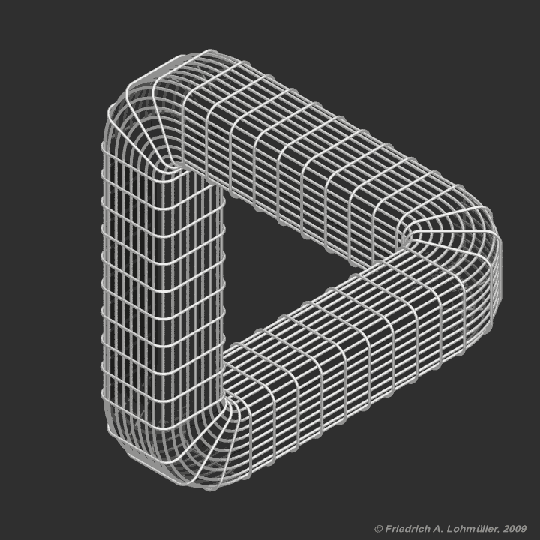Arieti
Book review from a 1970’s NYT newspaper:
At the outset of his long, carefully detailed and painfully earnest exploration of art and, to a lesser extent, scientific and philosophical discovery, Silvano Arieti takes account of a well‐known remark of Freud's: “psychoanalysis can do nothing toward elucidating the nature of the artistic gift, nor can it explain the means by which the artist works—artistic technique.”
The disclaimer didn't prevent the master from continually prowling around the borders of the subject and making frequent sorties into its interior, nor does it appear to faze Arieti. Such professional doubts as he has steadily diminish in the course of the book, cropping up again only at a few points where mystery is simply too dense to penetrate: “Unfortunately, the gap between appreciation of art and the psychology of esthetic pleasure is hard to fill.”Indeed it is; Freud was right, or nearly so. Psychoanalysis has thrown almost no light on art or artists or imagination in general. The latter has remained an enigma to the psychoanalytic mind (or the sociological mind for that matter) despite the greatly increased sophistication of its investigative methods and the correctness of the decision on the part of many inquirers to repudiate Freud's overriding stress on motivation in order to concentrate on structure and process.
This is what Arieti does in “Creativity,” but I think the results are as thin and dubious as ever.Arieti is a practicing analyst and also a theoretician of repute, the winner last year of a National Book Award in science for a study of schizophrenia. The new book draws heavily on his clinical experience in that area, not, as a cynic might jump to conclude, for the purpose of marshaling evidence of art's “abnormality” but precisely in order to distinguish its “healthiness” and virtue from certain mental pathologies whose procedures its own partly resemble.
Like the writings on art and imagination of so many of his colleagues, Ar:eti's book moves almost rhythmically between a mode of respectable, on occasion arresting scientific discourse and another of naive, predictable, derivative and in some instances obtuse esthetic and philosophical commentary. The antinomy is, of course, an old one. From Freud on, psychoanalysts have waded into the Everglades of art and creativity armed usually with no greater senstivity to particular works than the average perfunctorily educated person, and in fact, because of their tropism toward sys tems and habit of categorical interpretation, in many cases with less.
-From the NYT, 1976.
https://www.nytimes.com/1976/08/01/archives/creativity-an-analyst-analyzes-artists-and-art.html




